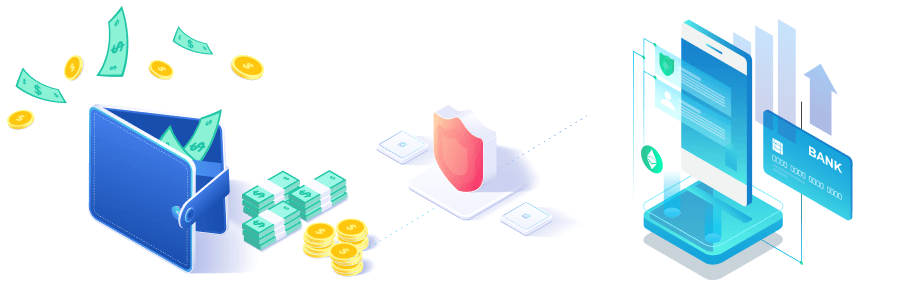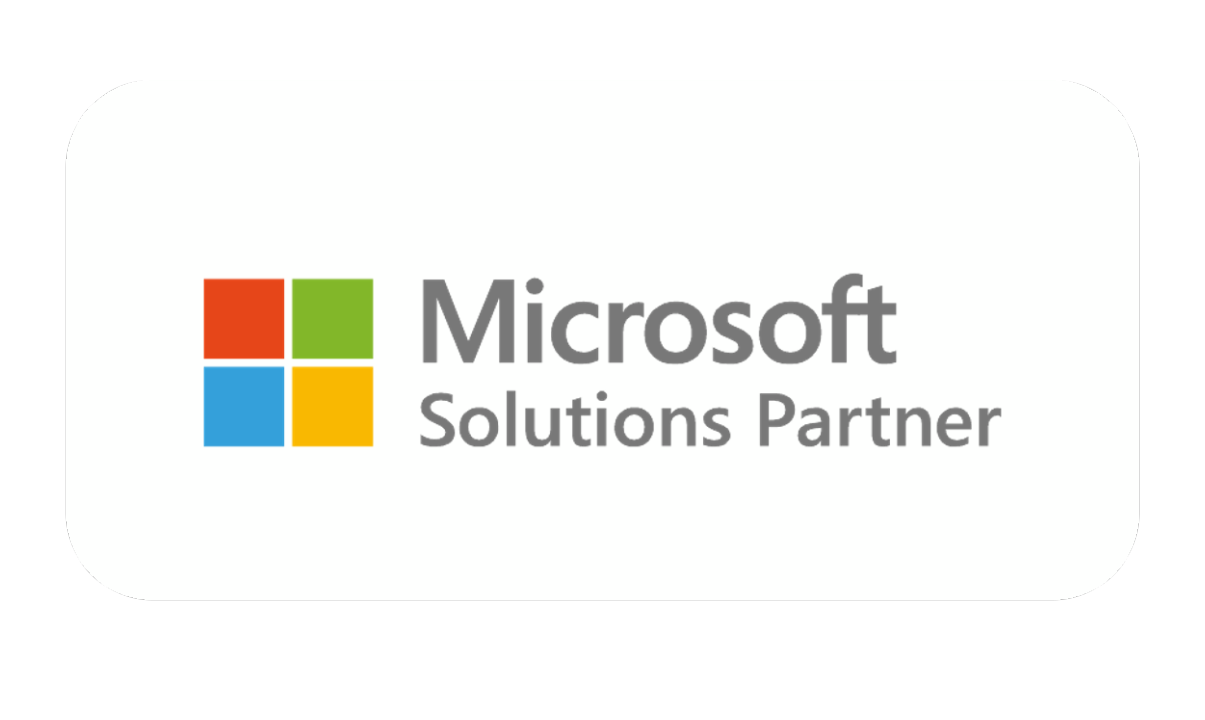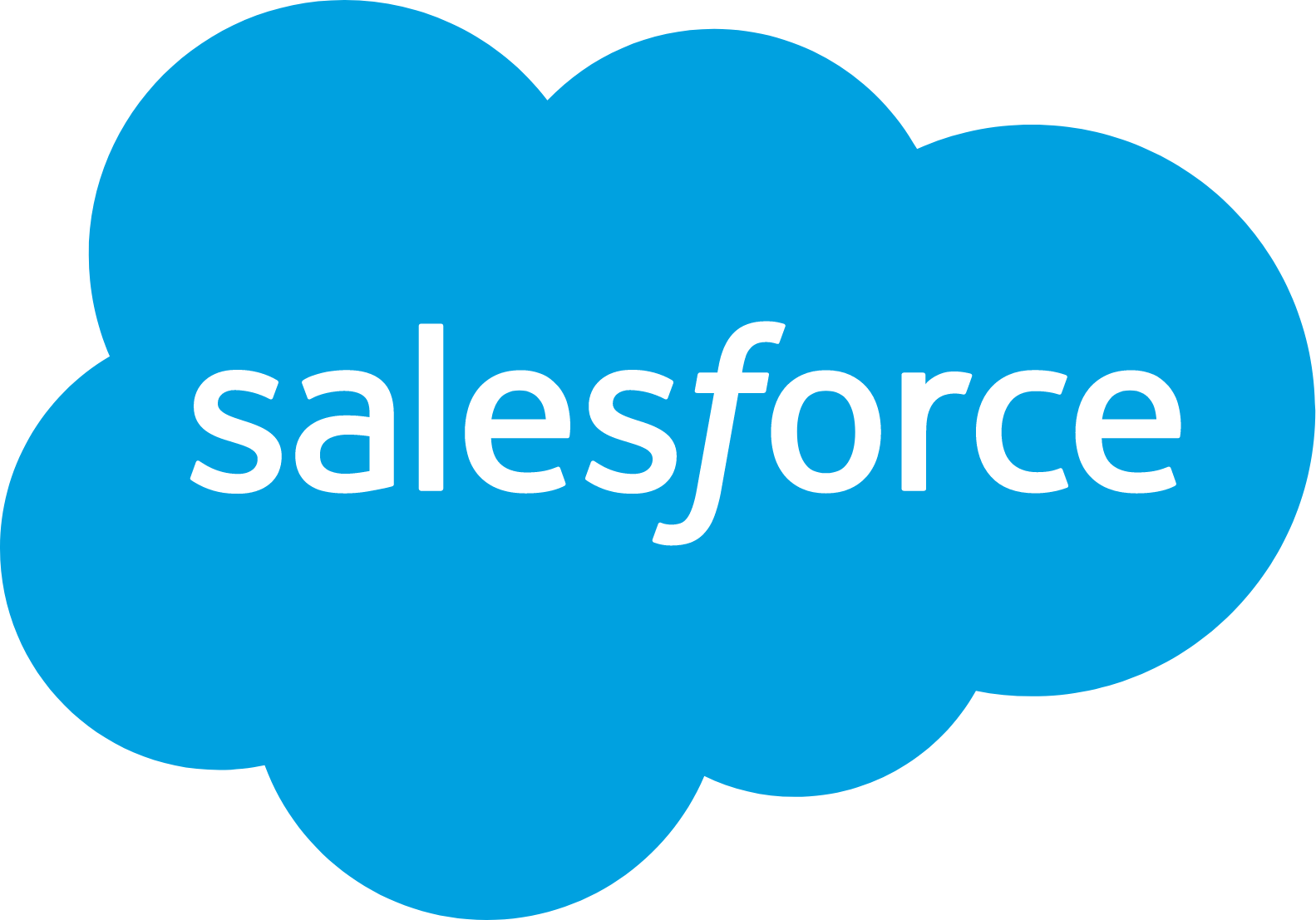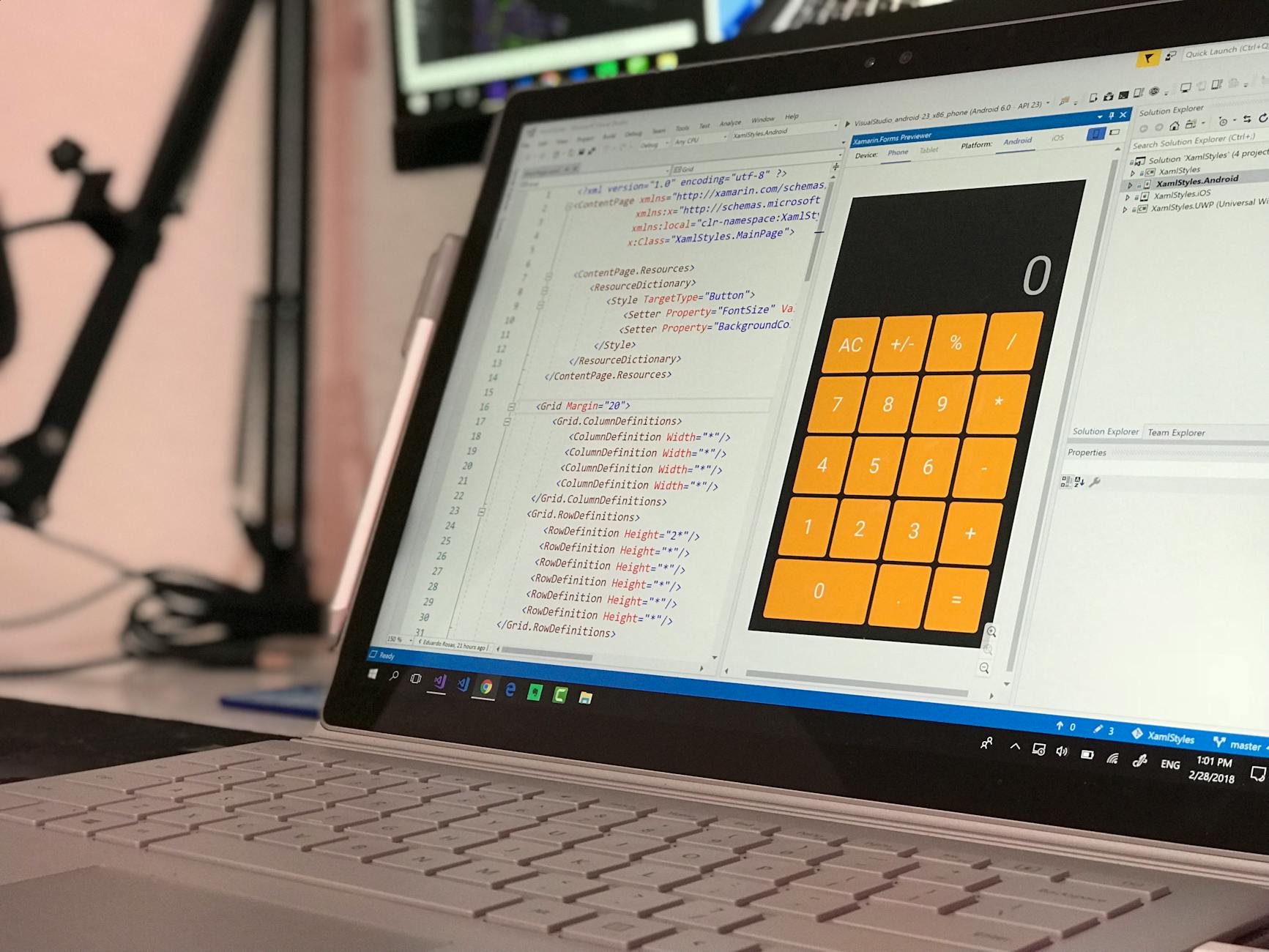In 2025, tokenization is no longer a buzzword. Security tokens, digital representations of traditional securities, are becoming a key building block for a more accessible, transparent, and efficient investment ecosystem.
At the center of this transformation is Ethereum. With its mature standards, strong developer base, and native compatibility with decentralized finance, Ethereum continues to be the preferred blockchain for launching and managing compliant tokenized securities.
In this article, we’re exploring the latest trends and shifts in the 2025 tokenization market, the architecture behind security token platforms, and how experienced Web3 development teams are helping bring these solutions to life.
Key Highlights
- Security tokens are gaining real traction in 2025, driven by regulatory clarity, institutional adoption, and growing real-world use cases.
- Ethereum remains the dominant blockchain for security tokens thanks to mature compliance standards, on-chain KYC/AML, and strong DeFi interoperability.
- Tokenized assets are foundational to the future of digital capital markets, offering programmable, transparent, and efficient financial instruments for both startups and institutions.
- Security token platforms are full-stack systems. They require compliance logic, investor onboarding, admin tools, and integration with custodians, brokers, and cap table platforms.
Security Tokens Are Back on the Agenda. Here’s Why

After a period of quiet evolution, security tokens are back in the spotlight, this time, with solid foundations.
We see that regulative frameworks are becoming clearer. In the United States, the SEC has taken more accommodating positions on tokenized offerings under exemptions such as Reg A+, Reg D, and Reg S. Meanwhile, in the European Union, the Markets in Crypto-Assets Regulation is providing a structured path for regulated tokenized assets, bringing much-needed predictability to cross-border markets.
Institutional players are also getting involved in meaningful ways. BlackRock has launched a tokenized fund on Ethereum. Franklin Templeton has brought parts of its portfolio on-chain. And broker-dealers like Securitize are pioneering compliant issuance and trading platforms that meet both regulatory and operational standards.
See how we developed an Intelligent Trading Platform
Importantly, real-world use cases are emerging quickly. Particularly, they include tokenized bonds, equity cap tables, and streamlined fundraising rounds, all executed within the guardrails of compliance.
In 2025, tokenization is being applied to a wide range of real-world assets, including private equity, real estate, bonds, investment funds, and startup equity. By bringing these traditionally illiquid or opaque assets on-chain, issuers can enable fractional ownership, improve transparency, and unlock new liquidity opportunities for a broader investor base.
Why Ethereum Remains the Leading Chain for Tokenized Securities

Although alternative Layer 1 and Layer 2 blockchains are gaining attention, Ethereum continues to dominate the landscape. This is due to a combination of technical maturity, compliance-focused standards, and ecosystem integration.
The ERC-1400 and ERC-3643 token standards (formerly known as T-REX) provide the necessary tooling to enforce detailed compliance logic. These standards allow for restrictions on token transfers, robust tracking of ownership, and strong administrative controls, which are all crucial for meeting legal requirements.
However, compliance doesn’t stop at token logic. On-chain know-your-customer and anti-money laundering mechanisms are now integrated directly into smart contracts through wallet whitelisting, enabling seamless enforcement without centralized bottlenecks.
Another advantage is Ethereum’s deep integration with DeFi infrastructure. You see, security tokens can connect with liquidity pools, stablecoins, lending protocols, and derivatives markets, unlocking capital efficiency that traditional systems simply can’t match.
Find out all about Decentralized App Development
The broader Ethereum ecosystem also contributes to its strength. Custody providers like Fireblocks, cap table and fund administration platforms, and APIs for brokers and banks are all increasingly Ethereum-native or Ethereum-compatible.
Finally, major players in this space, such as Securitize, Tokeny, INX, and Polymesh (an Ethereum-born L1 focused on compliance), are building full-service solutions on Ethereum and helping define the future of regulated digital assets.
How Security Token Platforms Are Architected
Behind every token lies a complex, multi-layered platform that goes far beyond a smart contract. These platforms are built to handle compliance, investor management, legal requirements, and seamless user experiences from end to end.
Let’s see what components a typical security token platform includes.
Smart Contracts

Obviously, at the foundation are smart contracts that control how tokens behave. These contracts enforce transfer restrictions, manage administrative functions such as freezing or force-transferring tokens, and track ownership changes for auditing and reporting.
KYC/AML Integration

Another key component is KYC and AML integration. Platforms typically partner with identity verification vendors such as Sumsub, Sardine, or Parallel Markets. These services handle investor onboarding, perform background compliance checks, and whitelist verified wallets so that only eligible users can hold or trade the tokens.
Investor UI

Investors interact with a web-based dashboard that displays available offerings, investment terms, and performance expectations. The UI also supports wallet connectivity or custodial access for users unfamiliar with self-custody.
Admin Interface

On the admin side, issuers get tools to manage token creation, monitor compliance metrics, and generate reports. These features are critical for meeting regulatory obligations and preparing for potential audits.
Integrations with External Systems

Finally, successful platforms integrate with a variety of external systems. These might include cap table management software, broker-dealer APIs, banking rails, or even alternative trading systems that enable secondary market liquidity for security tokens.
Well, it needs to support compliance at every level. As we’ve already highlighted, this includes smart contracts that enforce transfer rules and ownership rights, integrated KYC/AML for investor verification, user-friendly dashboards for both investors and administrators, and secure connections to custodians, brokers, and secondary trading venues, all designed to ensure regulatory alignment and operational efficiency.
Where Web3 Development Teams Make a Difference

Launching a tokenized securities platform is a multifaceted challenge. To address it, you need a team with technical depth, regulatory awareness, and product experience across blockchain, fintech, and legal domains. And this is exactly where specialized development teams come in.
At Velvetech, we work with clients to build custom ERC-1400-based tokens embedded with compliance logic from the ground up. Our smart contracts can include wallet-level whitelisting, administrative overrides such as freezing or force-transfer, and transparent audit trails.
But we don’t stop at contracts. We deliver full-stack platforms that include intuitive investor dashboards, robust admin portals, and seamless integrations with identity verification services. Our systems also support advanced analytics and compliance monitoring, so you can scale with confidence.
Whether it’s tokenizing fund shares, real estate, or investment pools, we support projects under strict NDA conditions and help teams go from concept to compliant, auditable infrastructure ready for licensing.
Read the case study on How We Built a Tokenized Real Estate Investment Platform
Key Considerations When Launching a Security Token
Of course, success in digital asset offerings depends on more than good code. So, before wrapping up, let’s go over the several critical areas founders and operators need to think through:
-
Regulatory structure. Whether it’s Reg D, Reg A+, Reg S, or MiCA, choose the model according to your investor base and target jurisdictions.
-
Jurisdictional compliance. Understand what rights your tokens represent and ensure alignment with local laws and investor protections.
-
Full-stack architecture. Compliance must be baked into every layer, from smart contracts to user onboarding to reporting workflows.
-
Blockchain selection. Ethereum and its Layer 2 solutions remain the best-supported environments for regulated tokenized assets.
-
User experience. Investor onboarding, wallet setup, and verification processes must be smooth and intuitive. Otherwise, it will hurt adoption, no matter how strong the tech.
Tokenization trends in 2025 point to strong future growth driven by regulatory clarity, rising institutional participation, and maturing infrastructure. As Ethereum-based platforms become more deeply integrated with both DeFi and traditional finance, tokenized assets are gaining traction. The demand for more transparent, compliant, and programmable financial products is also accelerating adoption, making tokenization a key pillar in the future of capital markets.
Looking Ahead
Security tokens are not a passing trend. In fact, they are forming the foundation of a more programmable, transparent capital market. As institutions and investors seek more efficient and trustworthy ways to interact with financial products, tokenized securities are emerging as the answer.
If you’re building a tokenized fund, a cap table platform, or a compliant security token protocol, we’re here to help. Our blockchain development team brings the legal insight, technical expertise, and product thinking needed to make your vision a reality through our decentralized finance development services. Let’s discuss your project!






























